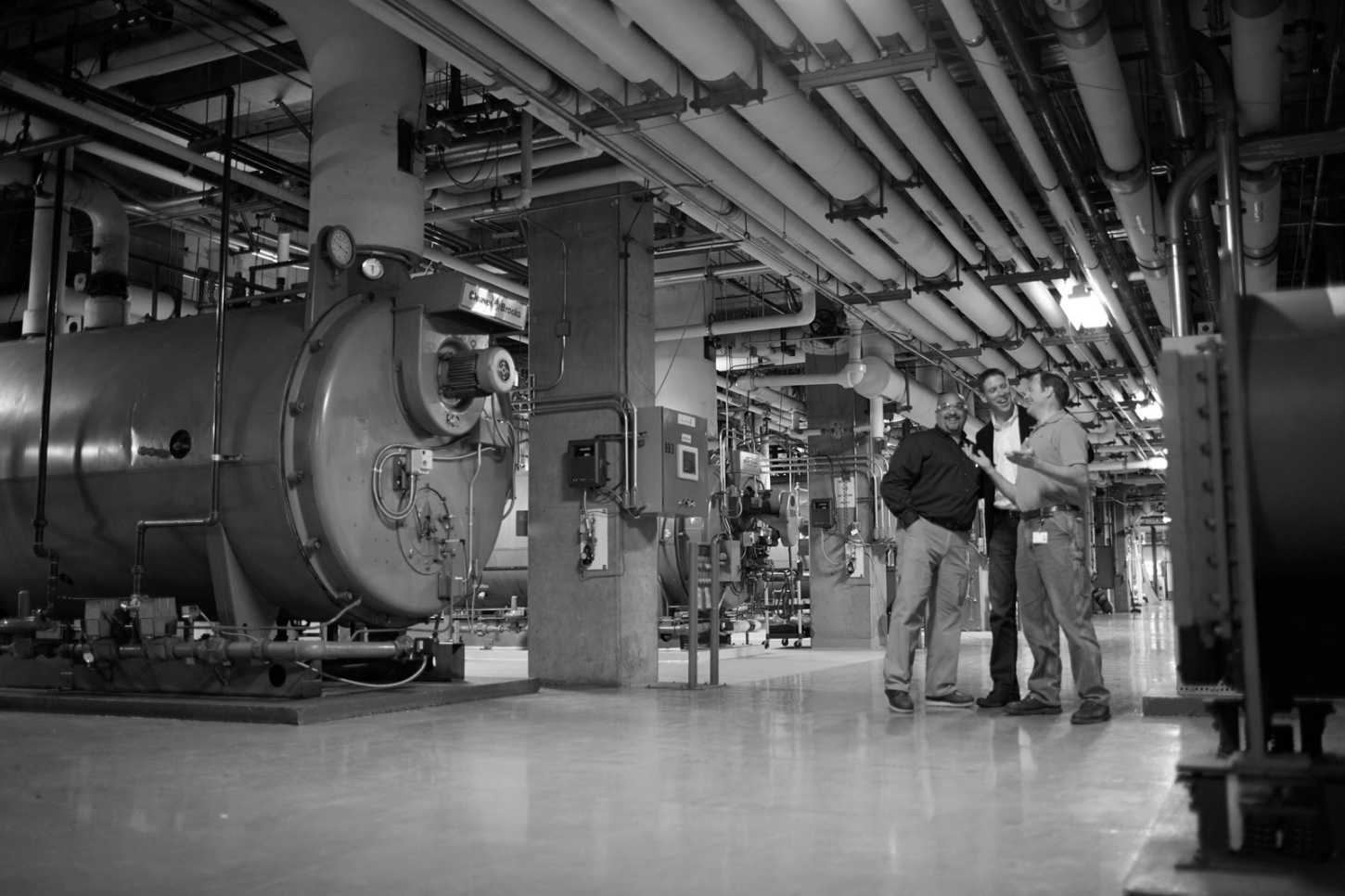Building Analysis and Modeling
Energizing with bright ideas
Building analysis and modeling is the practice of using computer-based simulation software to perform a detailed analysis of energy use and energy-using systems. By optimizing alternative solutions, energy modeling allows the design team to prioritize investment in the strategies that will have the greatest effect on the building’s energy use and occupant comfort.
Saving you time + money
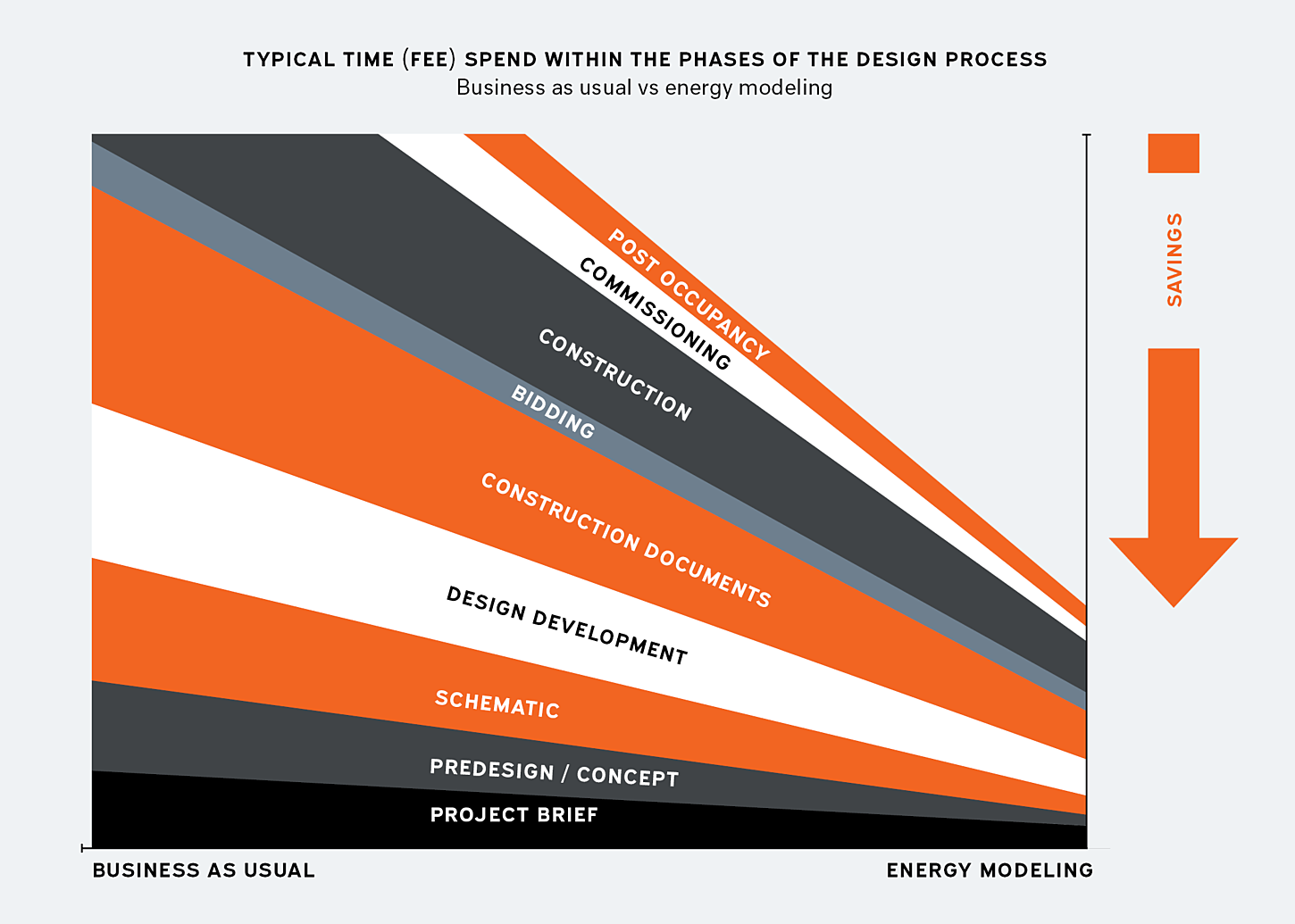
Building analysis and modeling expertise
Simply put, building analysis and modeling is the process of simulating the energy consumption of building systems for analysis. Building analysis and modeling supports integrated design decisions as well as helping to optimize overall energy performance. Our skilled energy modelers couple analysis with energy audits to identify energy efficiency measures (EEMs) that are cost effective for their business goals. Building analysis and modeling is also used to keep buildings performing as intended when coupled with benchmarking services.
Connect with an energy modelerCampus + district energy planning
Carbon + energy planning
Code compliance
Clean buildings standard compliance
Computational fluid dynamics (CFD)
Deep energy + carbon retrofits
Energy analysis
Green building rating system certification
Optimize to prioritize
Building analysis and modeling is growing in popularity as a way to help optimize alternatives and allow design teams to prioritize investment in the strategies that will have the greatest effect on the building’s energy use and occupant comfort. Major use cases include the following:
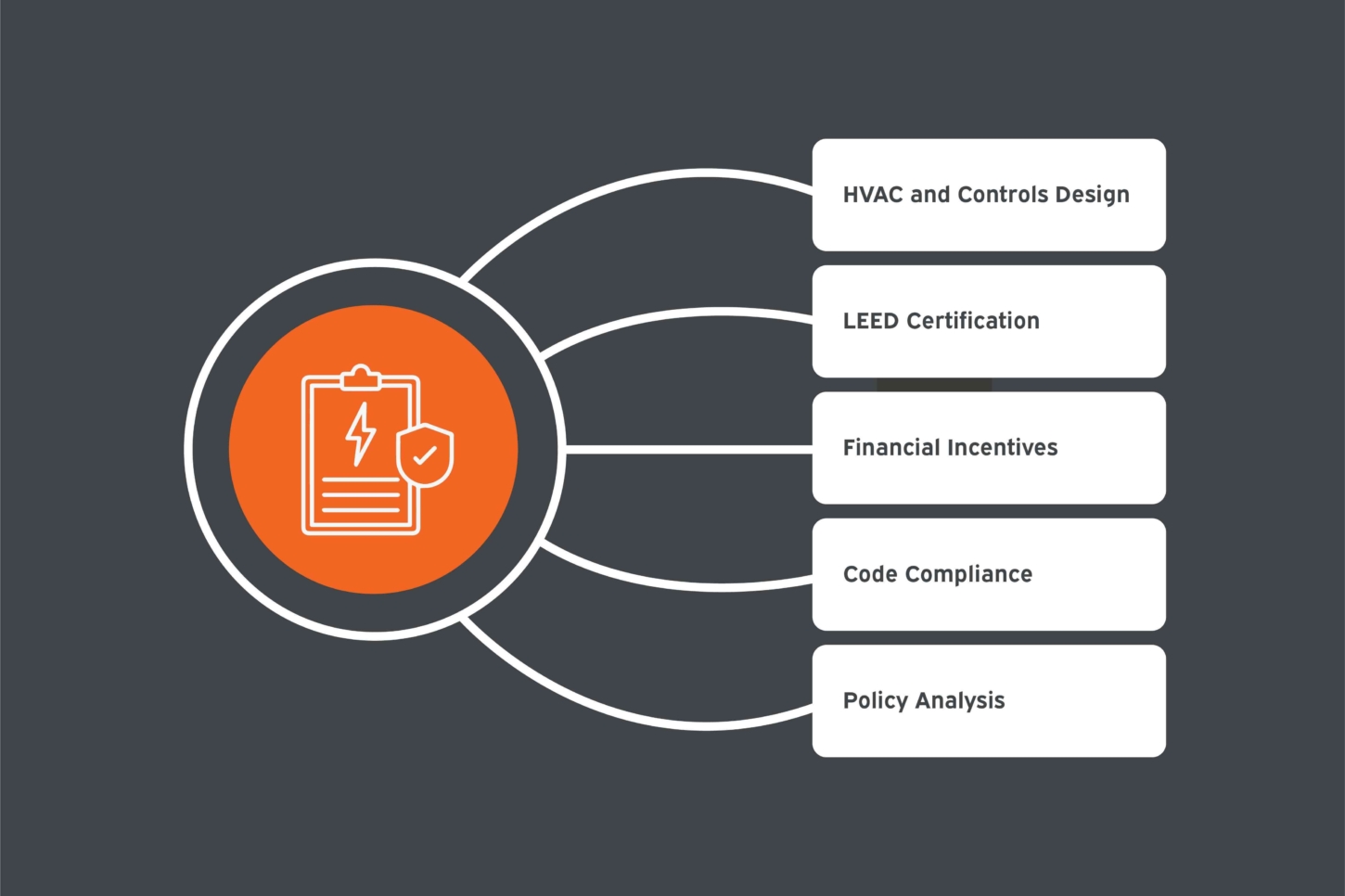
Concept Analysis for Complex Energy Systems
Can help to make smart decisions in the early stages of concept designs for complex systems and add flexibility to save you time and money.
Design/Permit Processes
Informing quantitative trade-offs between up-front construction costs and operational energy costs energy modeling reports can reduce both energy costs and up-front construction costs.
Building Performance
Assess the inherent performance of a building while controlling for specific use and operation. Inherent performance rating is the basis for processes like code compliance, green certification, and financial incentives.
HVAC Design and Operation
Energy modeling helps mechanical engineers design HVAC systems to efficiently meet building thermal loads and achieve sustainable development goals.
Data at the forefront
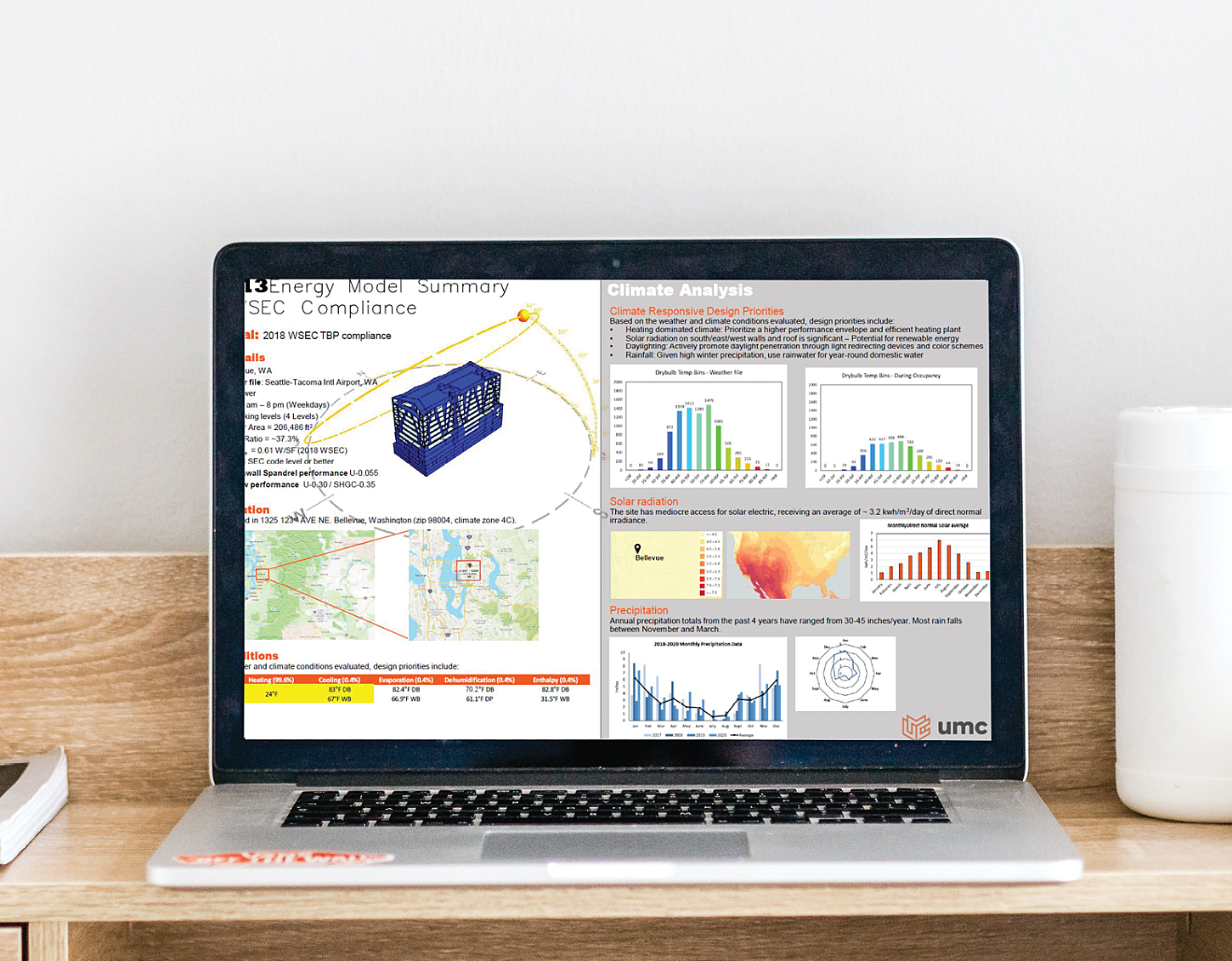
Examine and inform operations
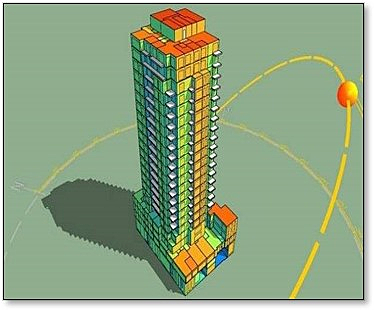
Careers
Join the team
We seek folks who are as bold with their ideas as they are exceptional in their craft.
